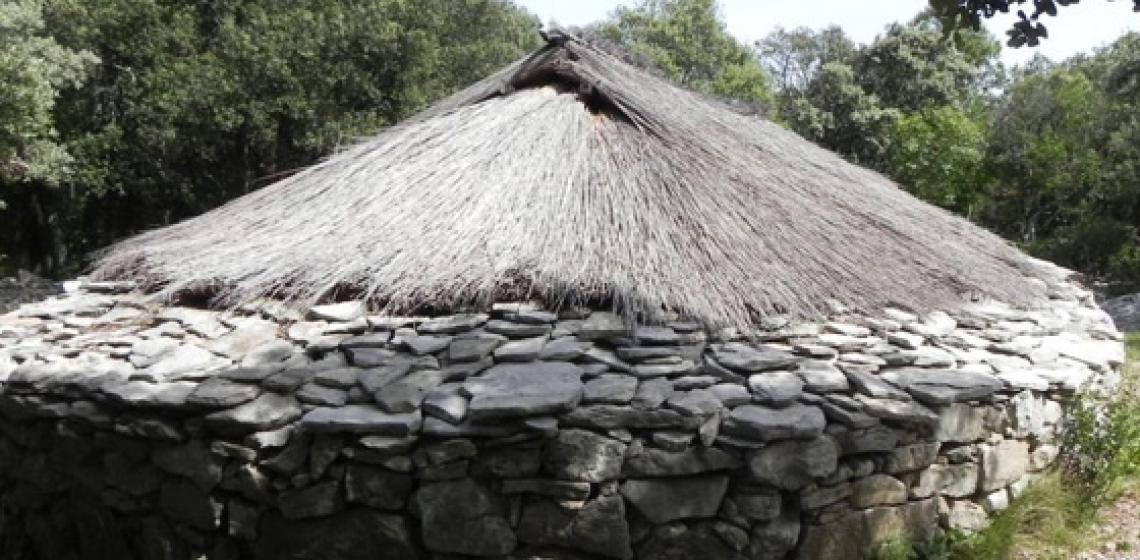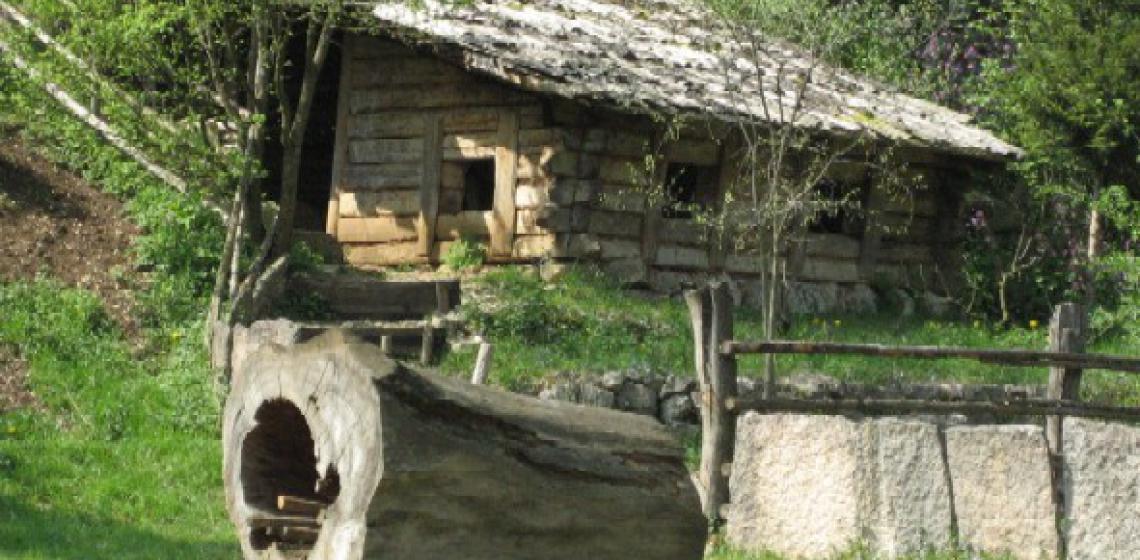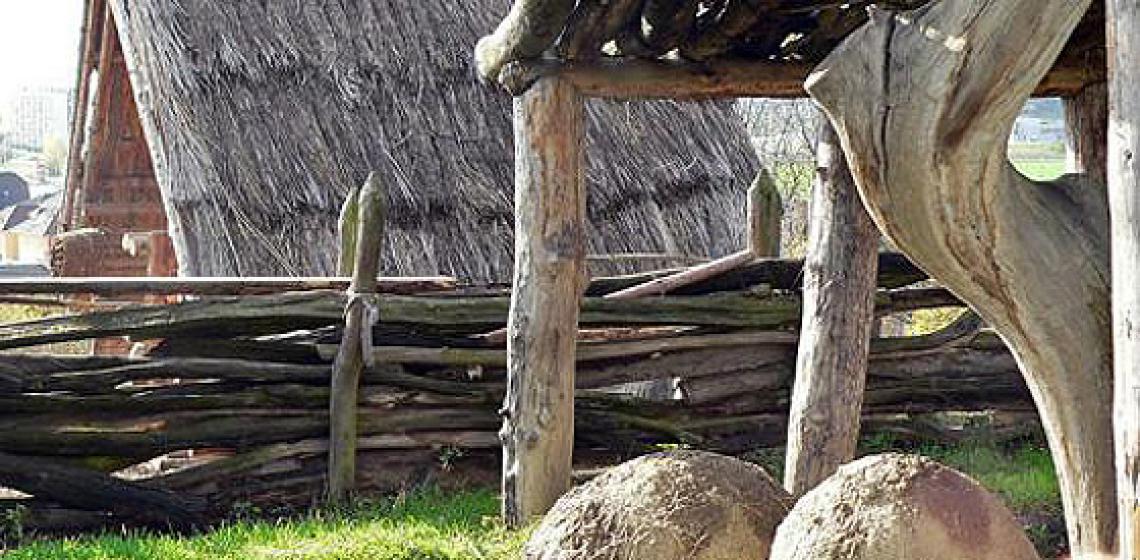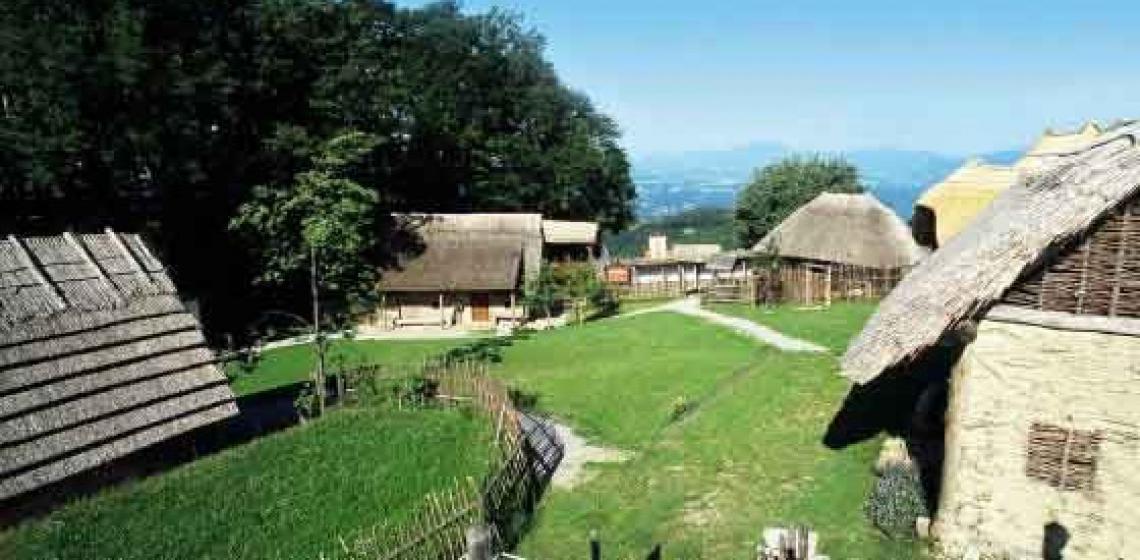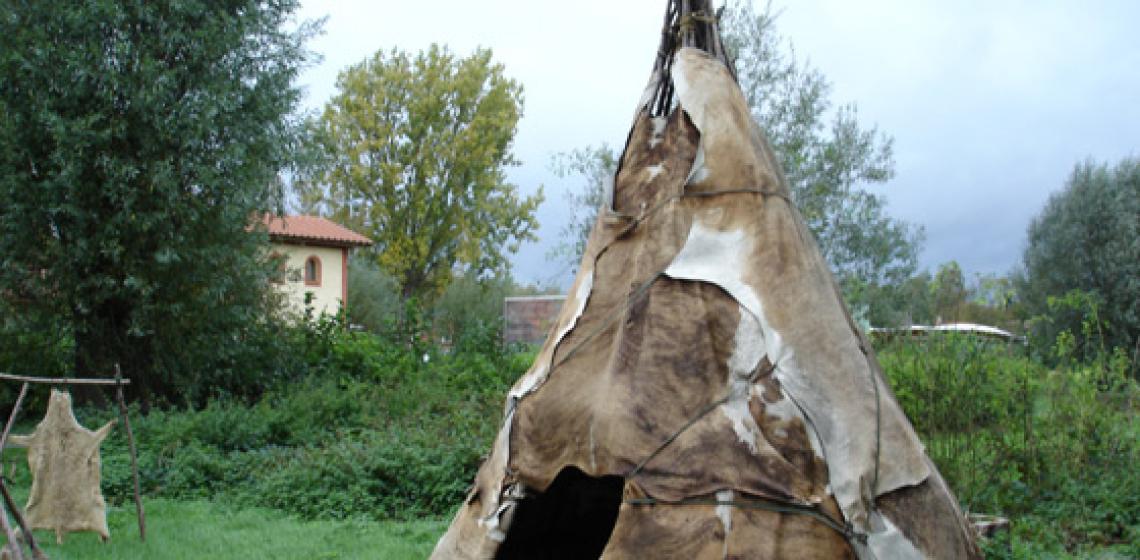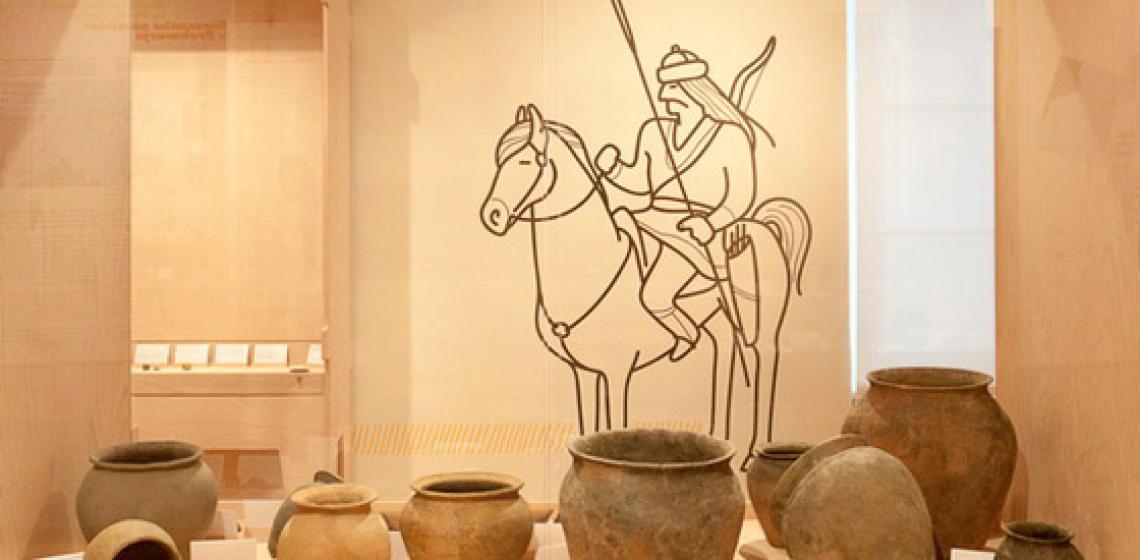Village de Cambous (FR)
At Cambous, the Societé Languedocienne de Préhistoire manages a reconstructed Chalcolithic house with stone walls and stone roof. At this site, discovered in 1967, large excavations took place, uncovering Neolithic and Chalcolithic dwellings in what is called one of the oldest villages of France.
At Cambous, the Societé Languedocienne de Préhistoire manages a reconstructed Chalcolithic house with stone walls and stone roof. At this site, discovered in 1967, large excavations took place, uncovering Neolithic and Chalcolithic dwellings in what is called one of the oldest villages of France...

